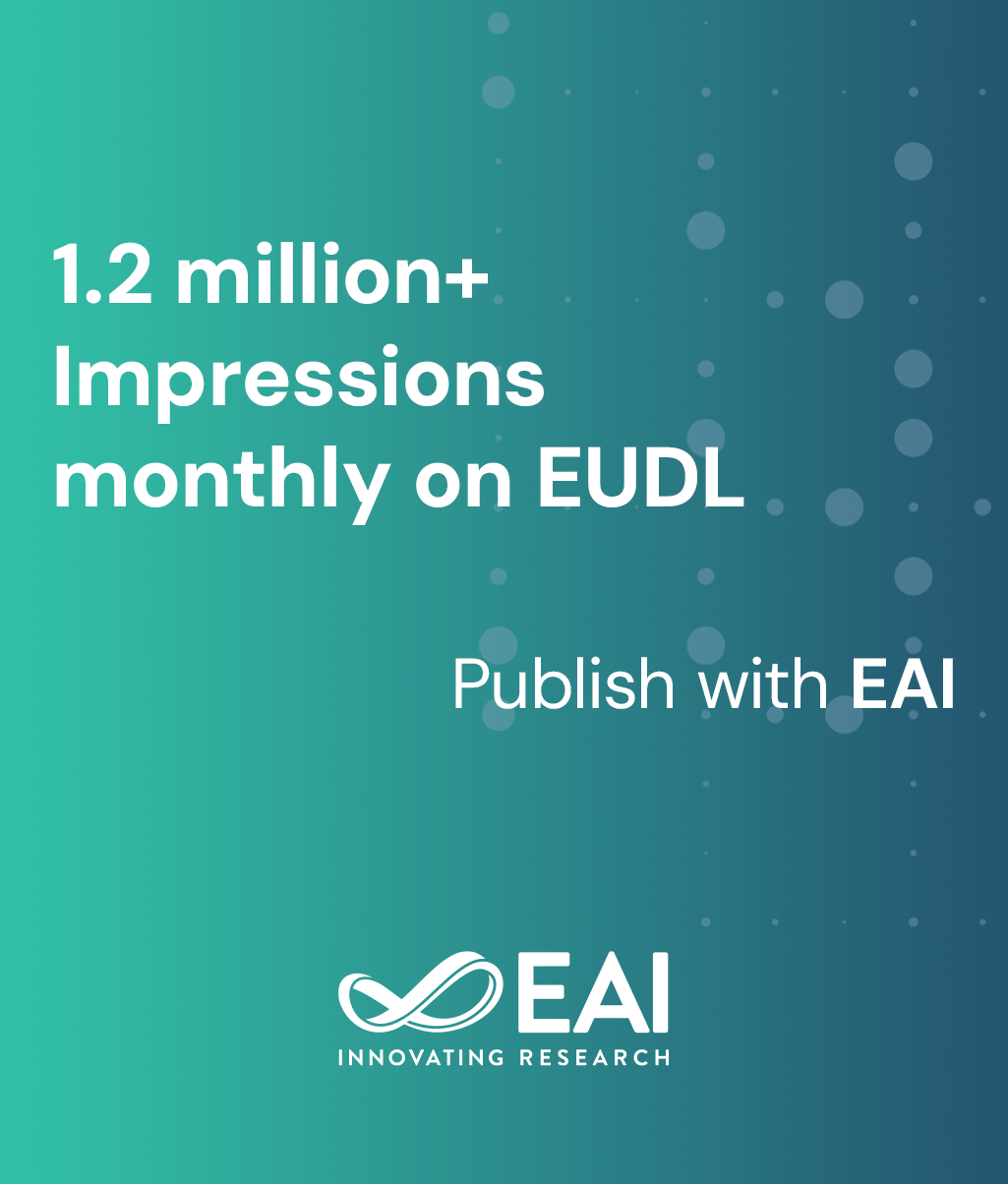
Research Article
An adaptive traditional Chinese herbal medicine image recognition model via ED-HLOA-optimized DenseNet201
@ARTICLE{10.4108/airo.9563, author={Peiyang Wei and Rundong Zou and Guangdong Dong and Wen Qin and Jianhong Gan and Oifeng Su and Zhibin Li}, title={An adaptive traditional Chinese herbal medicine image recognition model via ED-HLOA-optimized DenseNet201}, journal={EAI Endorsed Transactions on AI and Robotics}, volume={4}, number={1}, publisher={EAI}, journal_a={AIRO}, year={2025}, month={7}, keywords={Chinese Herbal Medicine, tumors , Neural Network, Self-Adaptive Model, Image Recognition, Horned Lizard Optimization Algorithm}, doi={10.4108/airo.9563} }- Peiyang Wei
Rundong Zou
Guangdong Dong
Wen Qin
Jianhong Gan
Oifeng Su
Zhibin Li
Year: 2025
An adaptive traditional Chinese herbal medicine image recognition model via ED-HLOA-optimized DenseNet201
AIRO
EAI
DOI: 10.4108/airo.9563
Abstract
Research shows that ginseng, fritillaria cirrhosa and other Chinese herbal medicines and their active components can fight tumors via immune regulation, apoptosis induction, and signaling pathway modulation. Thus, deep learning-based for authentic Chinese herbal medicine identification and classification is gaining more attention. Although convolutional neural network (CNN)-based image recognition models have made progress in CHB recognition, they often face limitations such as simple structures, fixed parameters, and a singular optimization approach, primarily relying on learning rate adjustments, which impede achieving the high accuracy required for image recognition of CHB. To address this issue, this study proposes an elite differential mutation-based horned lizard optimization algorithm (ED-HLOA) and applies it to optimize a DenseNet201-based recognition model for CHB. It enables adaptive adjustments of the learning rate and compression factor for DenseNet201. Empirical studies on the dataset collected from practical application demonstrates that the ED-HLOA-optimized DenseNet201 model achieves high accuracy in CHB image classification, verifying the effectiveness of the algorithm. Compared with several state-of-the-art optimization algorithms, ED-HLOA performs well on both the training and verification sets, effectively avoiding overfitting.
Copyright © 2025 Peiyang Wei et al., licensed to EAI. This is an open access article distributed under the terms of the CC BY-NC-SA 4.0, which permits copying, redistributing, remixing, transformation, and building upon the material in any medium so long as the original work is properly cited.


